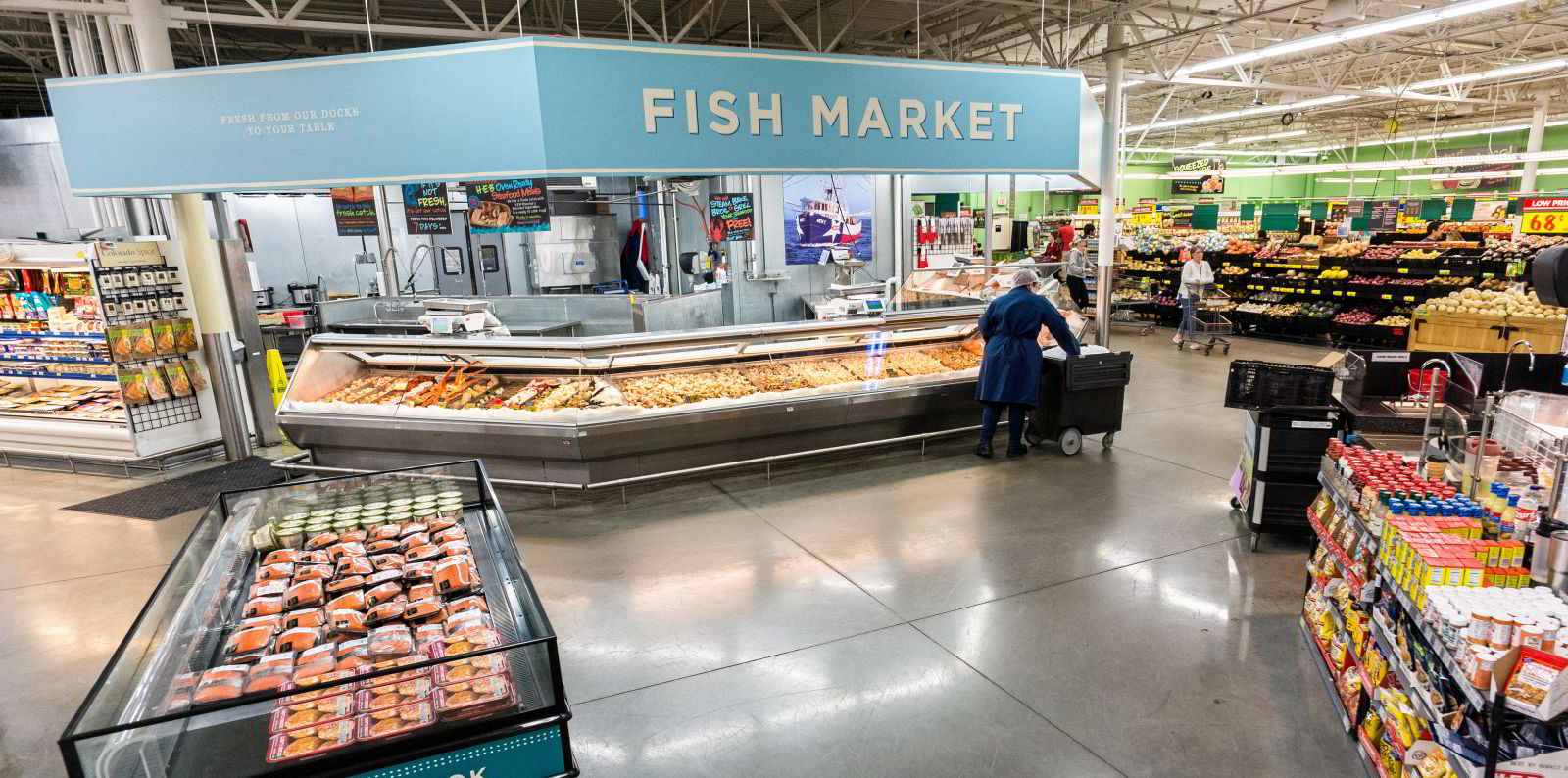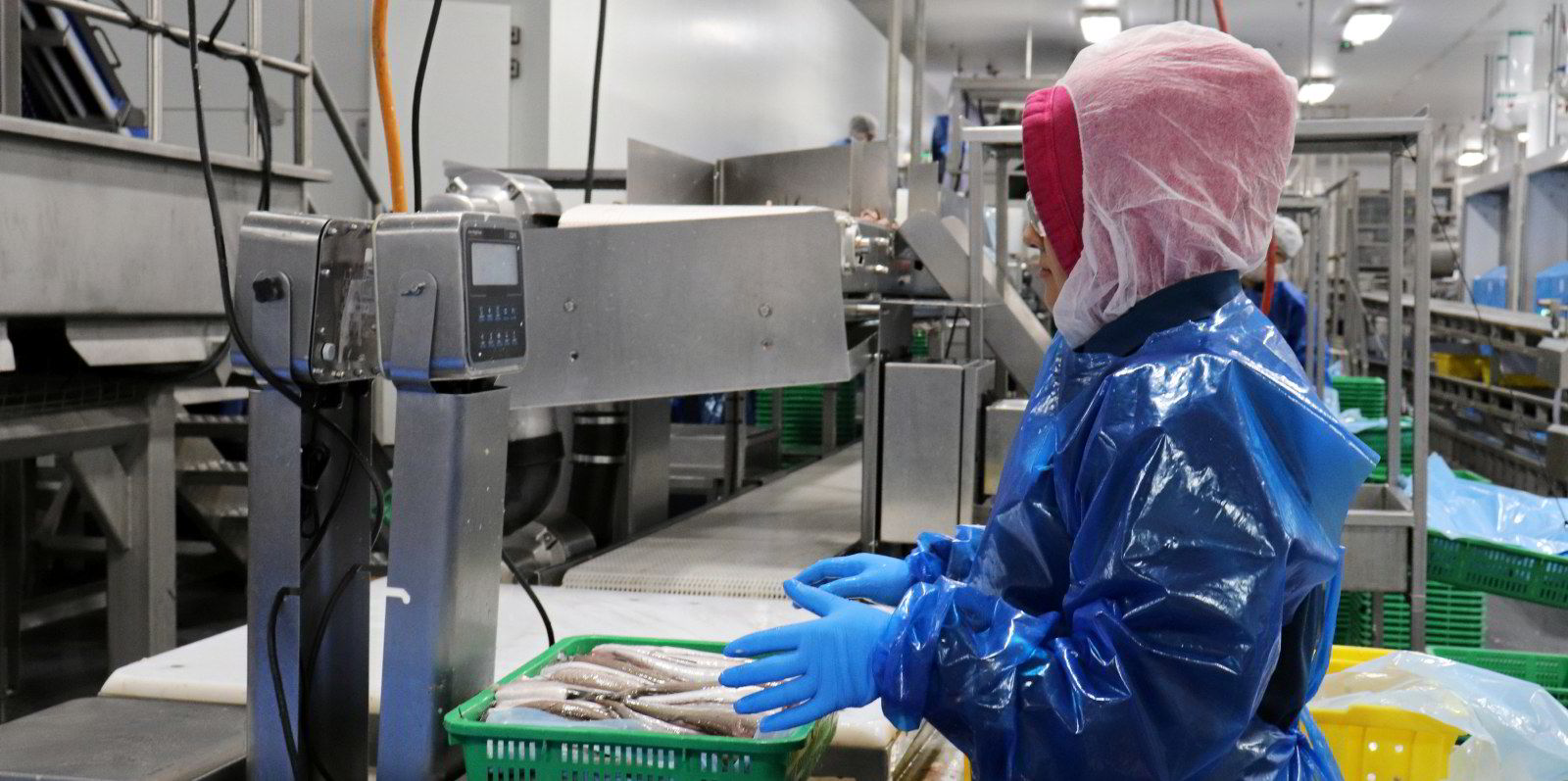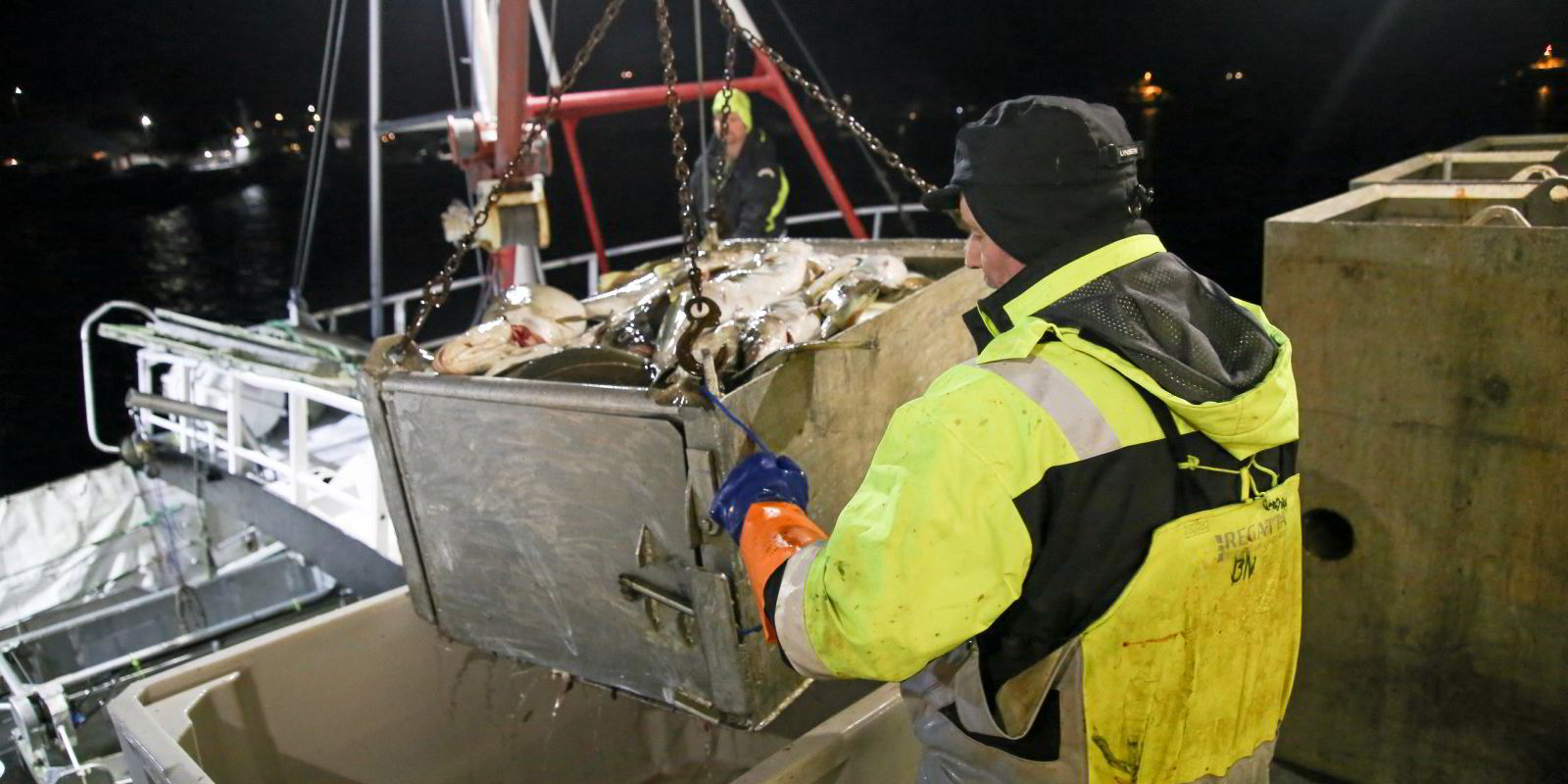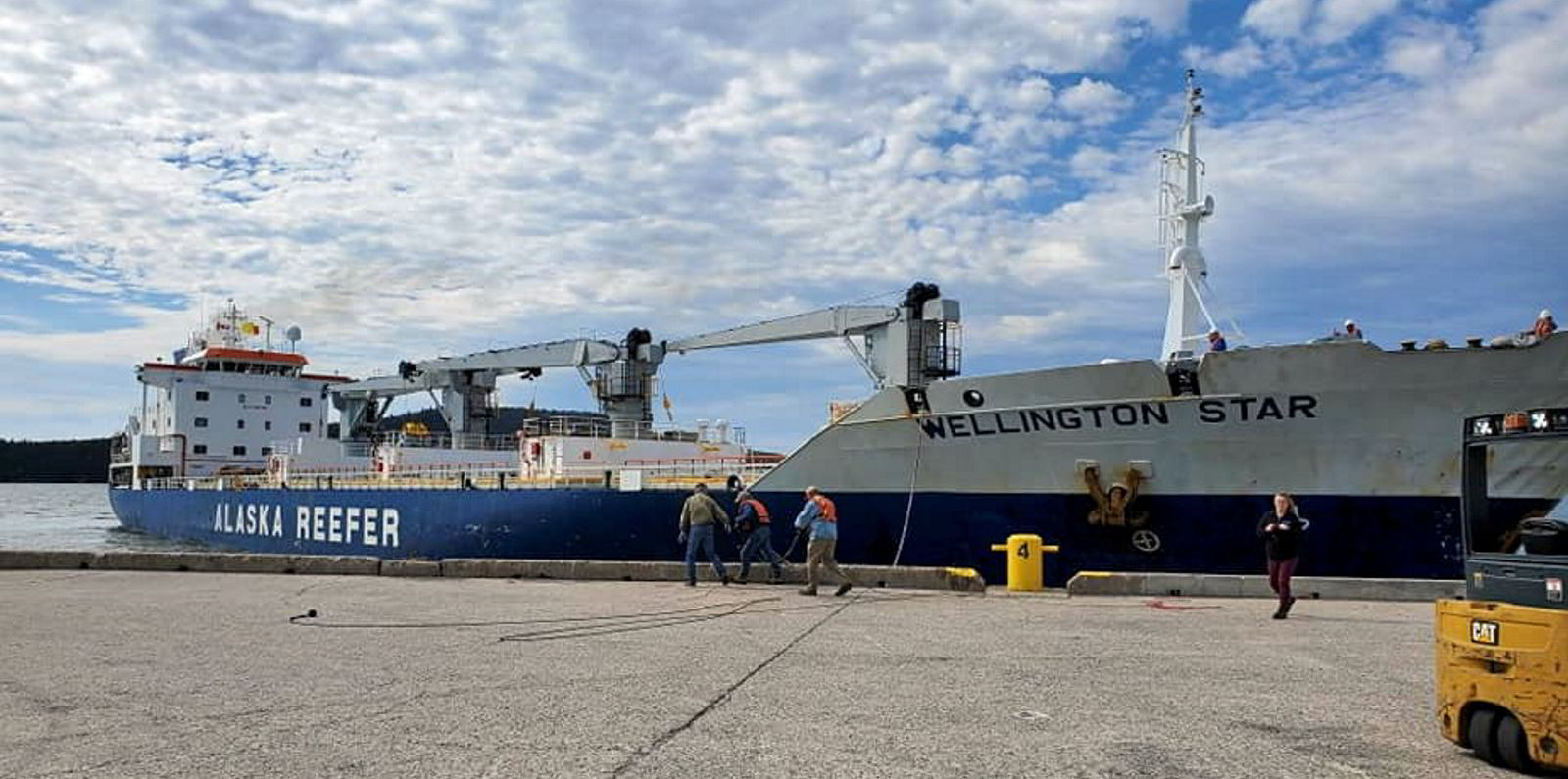Russia's invasion of Ukraine and resulting sanctions are now straining further an already tapped-out pollock supply chain, with prices for value-added forms such as pinbone-out fillets (PBO) now surging beyond $4,000 (€3,565) per metric ton.
An executive with a company operating several pollock trawlers in Alaska told IntraFish PBO prices are currently hovering around $4,500 (€4,088) per ton and are like to "keep going beyond" the $5,000 (€4,543) mark.
The United States imposed a ban on all seafood imports from Russia, which is pressuring US supply. The initial deadline for implementation of the ban was March 24, but on Thursday the US government extended the deadline to June 23.
"This ban is going to put an increase demand on an already tight market," the executive added.
US pollock producers remain wary of fulfilling that new demand, an executive with an Dutch Harbor, Alaska-based processor told IntraFish.
There continues to be high demand for US product, he said, adding the company had all of its product contractually committed prior to the start of this year's "A" fishing season.
Another producer with a catcher-processor fishing for pollock in Alaska's Bering Sea told IntraFish the pricing situation has reached record highs not seen in the Alaska pollock industry since the 2008-2009 season, when fishing quotas were lowered and fuel prices were high.
"Russia has more supply than Alaska does as far as pollock goes," he said. "That is taking a lot more pollock out of the market than is sustainable."
Fishing so far this year has been better than last year, with major catcher-processors having already completed their "A" season trips, executives said.
Processors in Dutch Harbor, however, are still working through the fish caught by harvesters this season, and continue to face labor shortages due to a lack of foreign and domestic workers.
"We did not get our H-2B workers for "A" season due to the visa cap being reached before our petition could be filled," the executive said of worker capacity.
"So we will have a longer season than expected and we will be short on block. We still have a couple weeks to go."
The visas, issued by the US Department of Labor (DOL), allow domestic employers to temporarily hire foreign workers to perform nonagricultural labor or services if American workers are not available.
Processors have still been able to make up on value-added inventory production despite capacity issues. Through March 12, deep-skinned fillet output was up nearly 23 percent and pinbone-out (PBO) fillet output was up nearly 61 percent compared to last year.
Surimi production has also remained high, up 33 percent through March compared to the previous year.
For the past few years, Russia has been ramping up its value-added production to compete with Alaska pollock producers in the global market, but now it's unclear what Russian companies will produce this year.
Pollock remains the main commercial fishing resource of Russia, accounting for 34 percent of the country's total seafood harvest, which amounted to 5.05 million metric tons last year.
Read more
- Trident Seafoods CEO: US ban on Russian fish imports could include products reprocessed in China
- Biden Administration takes king crab, Alaska sole, snow crab, Dungeness off Trump-era China tariff list
- Cargill's seafood plans go well beyond salmon, with shrimp and wild fish on the menu
- 'It’s going to be a big balancing act': New seafood processing hubs to emerge from global crises, Slade Gorton CEO says





